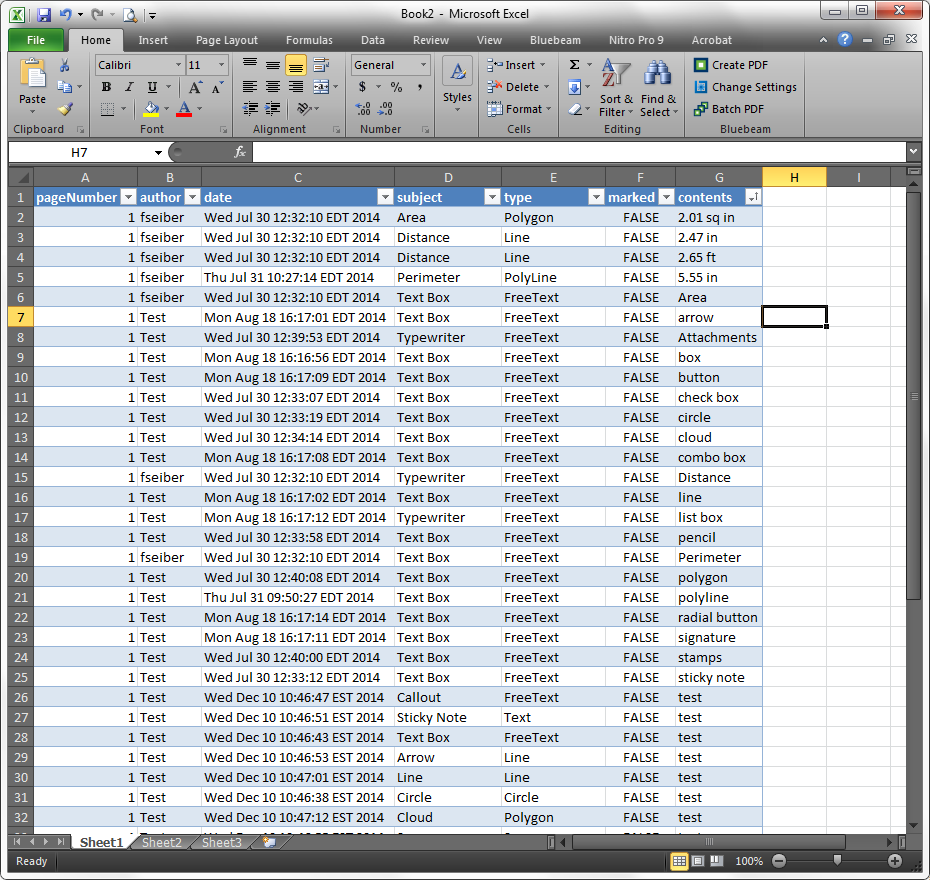
Printing: Excel gives you a tabular view of your plan details that may be easier to consume for some as a printed document than a Planner plan board. By exporting each plan to Excel individually, and then manually merging those files into a single spreadsheet, you can surface new insights about related plans. There’s no way to analyze these plans together in Planner-but you can in Excel. Merging plans: There are almost certainly plans in your hub that are somehow related maybe they share the same executive team or are part of a multi-year strategic initiative. Plus, connecting Excel data to Power BI is easier than ever today, giving you yet another option for visualizing critical plan details. Choosing from a host of Excel’s analysis tools, you can quickly find outliers in your plan take inventory of completed tasks, which are hidden by default in Planner sort and filter based on elements not available with Planner chart filters, like who created the task and the task checklist items build PivotTables and helpful graphs, like Burndown Charts and, much, much more. Export all your plan details to Excel, store that Excel file somewhere safe (like OneDrive for Business), and purge that plan from Planner to keep your hub clean and organized.Īnalysis: The use cases here are nearly endless. Below are just few scenarios to help you get started with this newest Microsoft 365 integration.Īrchiving: Excel can provide a simple method for archiving your completed plans. There are countless use cases for Export to Excel. The top of the sheet includes all-up plan information, including plan name, plan ID, and date of export to ensure you’re looking at the latest information. The downloaded file includes just about all the details from your plan (e.g., assigned to, start and due dates, description, labels, and more), with each task getting its own row in the spreadsheet.
Exporting data from a pdf to excel download#
Your plan will automatically download as an Excel file to your machine.

Within the Planner web app, click the “…” at the top of the screen, then select “Export plan to Excel.” And you’re done. From conducting more detailed analysis to sharing your plan’s status, Export to Excel gives you a broad range of additional capabilities for keeping your plan on schedule and your plan’s stakeholders up to date.Įxporting your plan to Excel is just a couple clicks away-literally.

For more robust plan options, you can now export your entire plan to Microsoft Excel. There’s also the Charts view, which gives you different visual representations of progress, especially now with charts filtering.īut there may be times when the simplicity of these tools-and simplicity is our goal with Planner-isn’t quite enough. In-app features like red highlights for late tasks and color-coded labels provide visual cues for quickly finding tasks that need attention. Planner comes with some pretty cool out-of-the-box tools for keeping your team on track. (Please note - this feature is only currently available in the Planner web app ( ) and not when using Planner via the SharePoint web part or within Teams)


 0 kommentar(er)
0 kommentar(er)
